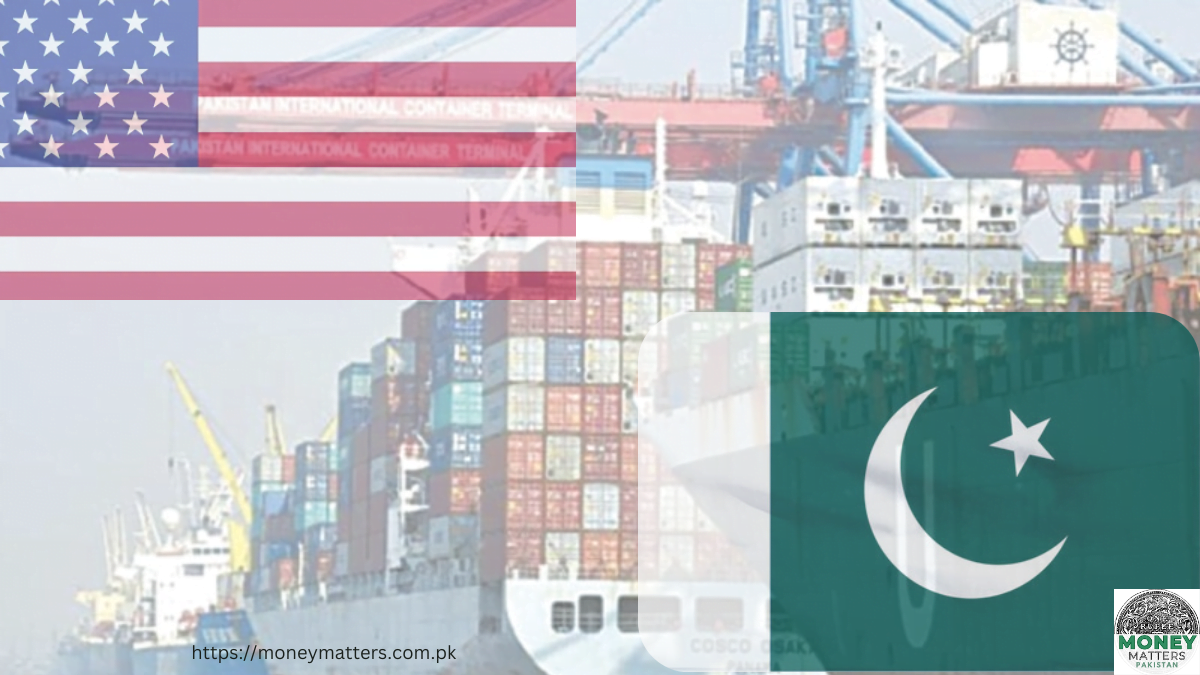Key Takeaways:
- Pakistan’s merchandise exports to the US dropped by 10.65% to $4.989 billion in the first 11 months of 2023-24 compared to the same period last year.
- Exports to China surged by 42% to $2.553 billion during the same period.
- The overall decline in exports is linked to reduced demand for textiles and clothing in major markets.
Pakistan’s exports to the United States decreased by 10.65% to $4.989 billion in the first 11 months of the fiscal year 2023-24, down from $5.484 billion in the same period the previous year. This decline is primarily due to reduced shipments of textiles and clothing to North America, as reported by the State Bank of Pakistan (SBP).
In contrast, exports to China rose by 42% to $2.553 billion during the same timeframe, up from $1.889 billion the prior year. Projections suggest that Pakistan’s exports to China could reach $3 billion by the end of June 2024.
According to SBP data, the total exports to the US for the fiscal year 2023 were $5.17 billion, a 23.28% decrease from $6.74 billion in the previous year. Meanwhile, exports to China were $2.22 billion in FY24, marking a 30% decline from $3.18 billion in FY22. Despite the decrease, the US remained Pakistan’s largest export market in FY23.
A report from the finance ministry on key export destinations highlighted that the US continued to be Pakistan’s largest market in the first nine months of FY24. Exports to the US saw a slight drop to 17% in 9MFY24 from 19% in the previous year. Conversely, exports to China increased to 9% during the same period.
Other significant export destinations included the United Kingdom at 7%, followed by Germany, the UAE, and Spain, each with a 5% share. These figures remained relatively stable compared to the previous year.
The primary challenges affecting exports were the economic slowdowns in major importing countries, driven by strict monetary policies in response to high inflation and the ongoing Russia-Ukraine conflict. Additionally, exports of home textiles declined due to reduced demand in the EU, US, and UK.




